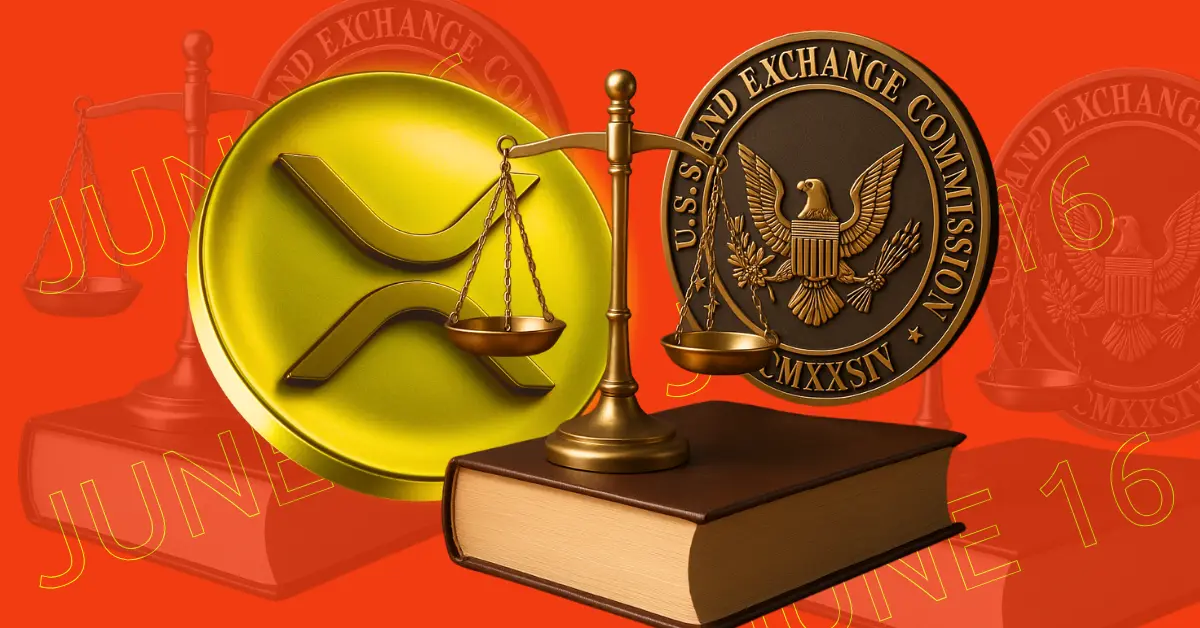Unraveling the Ripple-SEC Legal Settlement: A Transformative Moment for Cryptocurrency
The ongoing legal saga between Ripple Labs and the U.S. Securities and Exchange Commission (SEC) is approaching a pivotal chapter, where a proposed settlement motion promises to bring clarity and closure to a controversy that has rippled across the cryptocurrency space for years. This moment is not just about fiscal reconciliation but also heralds broader shifts in regulatory practices, market confidence, and the future legal landscape for digital assets like XRP.
The Roots of the Dispute: Defining XRP’s Legal Status
At the heart of this prolonged battle is the SEC’s claim that Ripple Labs’ XRP token should be categorized as a security. The classification of digital assets is more than semantic; it dictates which regulatory frameworks apply, influencing how companies raise capital, comply with disclosure rules, and protect investors.
Ripple’s defense, bolstered by landmark rulings, notably established that XRP does not qualify as a security in secondary trading markets. This legal distinction carved out a nuanced space within U.S. securities law, challenging broad brush approaches to crypto regulations and highlighting risks of overreaching enforcement on innovative technologies.
However, the nearly five-year litigation subjected Ripple and XRP to uncertain regulatory treatment, restricting XRP’s market potential and chilling its adoption globally. This ambiguity exemplifies the difficulties regulators face in adapting longstanding legal constructs to fast-evolving blockchain innovations.
The Joint Motion: Negotiating Closure Through Financial Compromise
The latest development—a joint motion filed in Manhattan federal court—proposes releasing $125 million held in escrow, divided into a $50 million penalty paid to the SEC and a $75 million return to Ripple Labs. This figure encapsulates a middle path that neither side claims outright victory but instead seeks pragmatic resolution.
Releasing these funds would also lead to dissolving existing injunctions on XRP sales, removing legal barriers that have constrained Ripple’s operations and market access. The court’s approval of this motion is critical to turn this agreement into enforceable reality.
The settlement reflects a mutual acknowledgment of the complexity and stakes involved without prolonging litigation that could drain resources and perpetuate market uncertainty. It serves as a testament to negotiation’s power in harmonizing corporate innovation with regulatory oversight.
Market Reactions: Renewed Optimism and Technical Momentum
The crypto market’s immediate embrace of the settlement news underscores its far-reaching significance. XRP’s price surge, touching around $2.16 with promising resistance levels identified at $2.35 and $2.60, signals increased investor confidence tied to regulatory clarity.
This uptick is more than mere speculation; it reflects a collective anticipation that resolving legal disputes will enable XRP to reclaim legitimacy, boost adoption—especially in cross-border payment systems—and integrate more tightly into financial ecosystems.
Moreover, this movement suggests that market dynamics closely track regulatory developments, emphasizing the interplay between legal certainty and asset valuation in the volatile crypto environment.
Broader Implications: Shaping Crypto Regulation and Litigation
The Ripple-SEC settlement extends beyond the immediate parties, offering wider lessons and potential frameworks for the cryptocurrency sector:
– Regulatory Clarity: By setting boundaries on what constitutes a security in the digital asset realm, the outcome guides future regulatory assessments, potentially easing regulatory hurdles for other cryptocurrencies.
– Investor Assurance: Reducing unresolved litigation increases trust among investors and institutions, fostering smoother pathways for participation and innovation.
– Litigation Alternatives: The resolution may inspire crypto stakeholders to prefer negotiated settlements over expensive, protracted lawsuits, fostering collaboration between innovators and regulators.
Together, these factors contribute to a maturing regulatory environment where compliance and innovation can coexist more reliably.
Judicial Dynamics: Oversight and Final Authority
Despite the optimism, the settlement’s fate hinges on judicial scrutiny. Judge Analisa Torres’s prior rejection of a request to lower the penalty from $125 million to $50 million reflects the court’s careful calibration between fairness and enforcement rigor.
The current joint motion navigates these judicial standards, requiring court approval to ensure the deal complies with legal and procedural norms. This phase highlights the critical role courts play as impartial arbiters, balancing regulatory objectives with equitable resolution.
The judge’s final decision will not only conclude the Ripple case but also signal how rigorously courts might engage with crypto-related settlements in the future, setting precedent for regulatory enforcement in this rapidly evolving sector.
Closing Reflections: A Milestone in Crypto’s Regulatory Journey
The Ripple and SEC settlement proposal encapsulates a watershed moment in the cryptocurrency ecosystem’s maturation. It transcends dollar amounts, marking a shift toward pragmatic confrontation of regulatory ambiguities that have long shadowed blockchain innovation.
For Ripple, recovery of the bulk escrowed funds alongside a meaningful penalty embodies a nuanced victory shaped by compromise. The SEC achieves enforcement aims while avoiding extended conflict, illustrating the benefits of measured regulatory engagement.
For investors and the industry at large, this development brings hope for greater stability and predictability—ingredients essential for wider adoption and integration of digital assets into mainstream financial systems.
Ultimately, this case may become a blueprint for how the crypto world and regulators can cooperatively wrestle with the complex demands of innovation and compliance, paving the way for a more defined, stable, and resilient cryptocurrency future.

